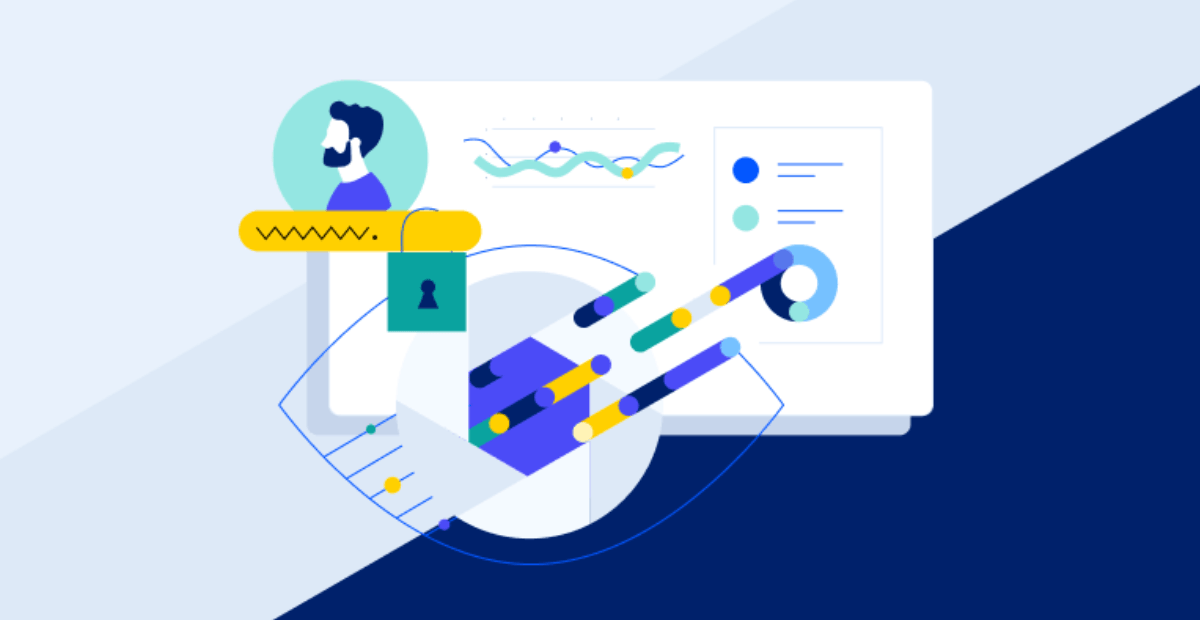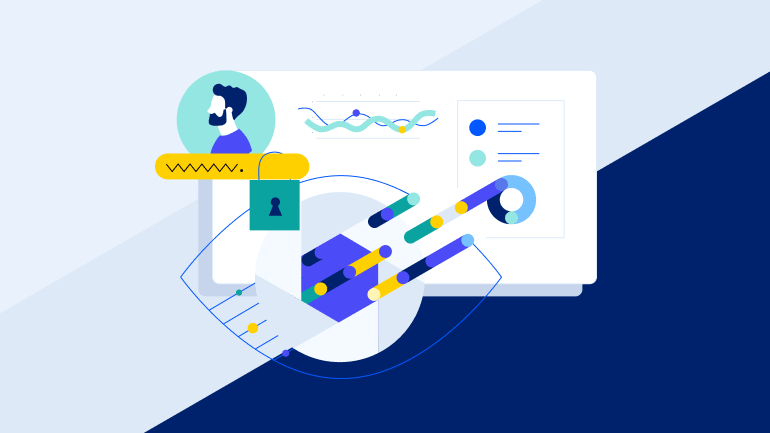
Threat Detection and Response: How Flowmon Detected an Attack in Real Time
January 27, 2025
This blog highlights how Progress Flowmon was instrumental in detecting a breach experienced by one of our customers.
Tech Terms Explained - NDR, MDR, XDR, EDR, SIEM and SOAR
The cybersecurity sector has no shortage of acronyms. The terms Network Detection and Response (NDR), Managed Detection and Response (MDR), Extended Detection and Response (XDR), Endpoint Detection and Response (EDR), Security Information and Event Management (SIEM) and Security Orchestration Automation and Response (SOAR) are used frequently and often without explanation, as it’s assumed everyone knows what they mean.
The Impact of AI on Cybersecurity
Artificial intelligence (AI) is seemingly everywhere in today’s tech landscape. The hype cycle is in full flow, especially regarding the use of large language models (LLM) for generative AI like OpenAI ChatGPT, Google Gemini and Anthropic Claude. Indeed, many tech companies are determined to add LLM into products where it sometimes seems tacked on. One use case where machine learning solutions, including LLMs and other AI techniques, are providing invaluable assistance to humans, is in cybersecurity defense.
Making Data Storage More Secure with Progress Flowmon and Veeam Backup and Replication
We are happy to announce that Progress has teamed up with Veeam, a leader in data management and protection solutions.
The new partnership between Progress and Veeam represents a significant step forward in cybersecurity. It marks a considerable advancement in data protection by merging the Flowmon AI-powered threat detection capabilities with the robust backup solution of Veeam. This empowers organizations to more effectively defend their invaluable digital assets.
Monitoring the Health Status of Progress Flowmon Appliances with IT Infrastructure Monitoring Tools
Progress Flowmon is a core network monitoring and security tool. Confirming if it is up and running can mean the difference between responding to a data breach or overlooking such a critical event. Like any other critical system, it is a good practice to include the monitoring of Flowmon uptime, resource consumption and health in an IT infrastructure monitoring (ITIM) dashboard, such as Progress WhatsUp Gold.
Like many other ITIM tools, WhatsUp Gold provides various remote monitoring capabilities, such as SNMP, SSH or REST API-based "active" (WhatsUp Gold initiated) monitors or "passive" (Flowmon-initiated) Syslog monitoring.
Depending on your environment size, either the WhatsUp Gold Free edition (for smaller deployments) or a commercially licensed version (for larger environments) would suffice.
Also Able to Explore

Latest Stories in Your Inbox
Subscribe to get all the news, info and tutorials you need to build better business apps and sites
